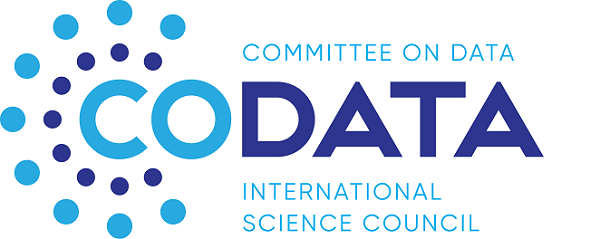By Carolynne Hultquist and Peter Elias
The overall objective of the Task Group on Data from Participatory Mapping for the SDGs is to study data on environmental changes generated by participatory mapping projects and platforms for the specific requirements of the Result Framework proposed by the United Nations (UN) 2030 Agenda. Namely we focus on indicators associated with the Sustainable Development Goals (SDGs), especially Disaster Risk Reduction (DRR) and Climate Change Adaptation (CCA) and other high-level policy frameworks, such as the Sendai Framework for Disaster Risk Reduction and the post-2020 biodiversity monitoring framework proposed by the Convention for Biological Diversity (CBD). The alignment facilitates and encourages the inclusion of participatory mapping in the official monitoring of the SDGs and other policies at local, national, and global levels. Our group is particularly interested in evaluating the use of Participatory Geographic Information Systems (PGIS) data for underrepresented groups in relation to global environmental challenges.
Participatory GIS provides a powerful methodology in which open spatial data are contributed and in turn, accessible web-based tools enable all stakeholders to track progress at a local, regional, or even global level. However, data generated by participatory mapping projects are not yet included in the official framework to monitor the SDGs, despite the abundant literature illustrating that citizens can contribute high-quality data. Work previously supported by the CODATA–WDS TG on Citizen Science and the Validation, Curation, and Management of Crowdsourced data illustrated a wide range of actual practices. Growing support for Citizen Science also exists under the UN, with UN Environment recently supporting the establishment of a Citizen Science Global Partnership (http://www.citizenscienceglobal.org).
The TG seeks to facilitate and encourage the use of participatory mapping and Participatory Geographic Information Systems (PGIS) by envisaging a framework for evaluation and use that will facilitate the mapping of data to the specific requirements of the SDG framework. Participatory mapping is a sub-category of citizen science that involves spatial data while PGIS even more specifically involves user contributions and changes to spatial data being available in a public digital GIS environment. Surveying the platforms will provide visibility to participatory mapping data and their use in filling some of the official data gaps, while challenging the scientific community to identify targeted methods and data to tackle the remaining gaps. Sharing of ‘SDG-mapped’ data will produce benefits well beyond scientific results, strengthen the science-policy interface, and help amplify the societal impact of citizen science.
The activities of the TG will include the following tasks:
- Survey of participatory mapping data use by national statistical offices (NSO), health, environment, and humanitarian organizations, government agencies, and community groups
- Survey data practices of PGIS platforms/community science groups
- Develop a framework for evaluation of participatory mapping and share lessons learned for effective practices for metadata, stewardship, validation, and management
- Demonstrate the use of participatory mapping through case studies; e.g., underrepresented groups (slum, refugee, extreme poverty, isolated Pacific island communities) in relation to global challenges (e.g. health pandemic – COVID-19, climate change – flooding, Disaster Risk Reduction (DRR), biodiversity monitoring, etc.).
- Explore possible ways to map existing and historic participatory mapping data to the indicators framework, including the possibility to propose new indicators inferred by the data and more relevant to people’s life and experience.
- Explore the potential for data on human capital in volunteer activity from participatory mapping platforms; namely, data on the engagement of volunteers and subsequent learning/social/civic outcomes to support indicators. This incorporates issues of inclusiveness in monitoring and data collection, thus ensuring ‘leaving no one behind’.
- Collaborate with UN statistical offices and other UN stakeholders to gather requirements and develop shared glossaries to support the inclusion of participatory mapping in the list of accepted ‘non-official’ data providers for the SDGs.
- Work with the UN, including the UN Environment and Development Programmes,UN Habitat, and Convention for Biological Diversity (CBD), to continue to gain support for participatory mapping and strengthen the science–policy interface.
The outcomes of the above activities will include the study of concrete use cases that exemplifies the value of participatory mapping for a specific indicator by illustrating the creation and implementation of a participatory mapping project. The use cases will feature a complete ‘participatory mapping for SDGs’ cycle: identification of a data gap, design of the project, implementation, data collection, data analysis, and data sharing with UN officials. The final result in such an example could be a change in policy in the best-case scenario. The analysis of these use cases will help extract common practices and simple data policies that can be generalized to other projects and countries.
